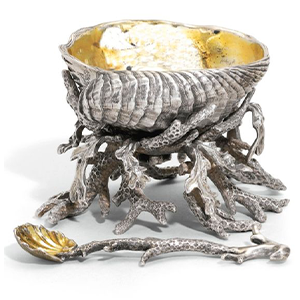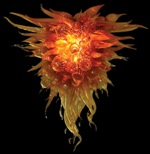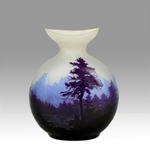
Before salt and pepper shakers became the main staple for serving salts and spices, many cultures used to serve their salts in small tableware containers known as salt cellars and open salts. From Russia, to Europe, to China, over the centuries artists and skilled craftsmen all over the world have made salt cellars out of a variety of materials. Thanks to the skills of people and businesses of yesteryear we now have access to many different styles and designs for us to collect.
[Read more…]

